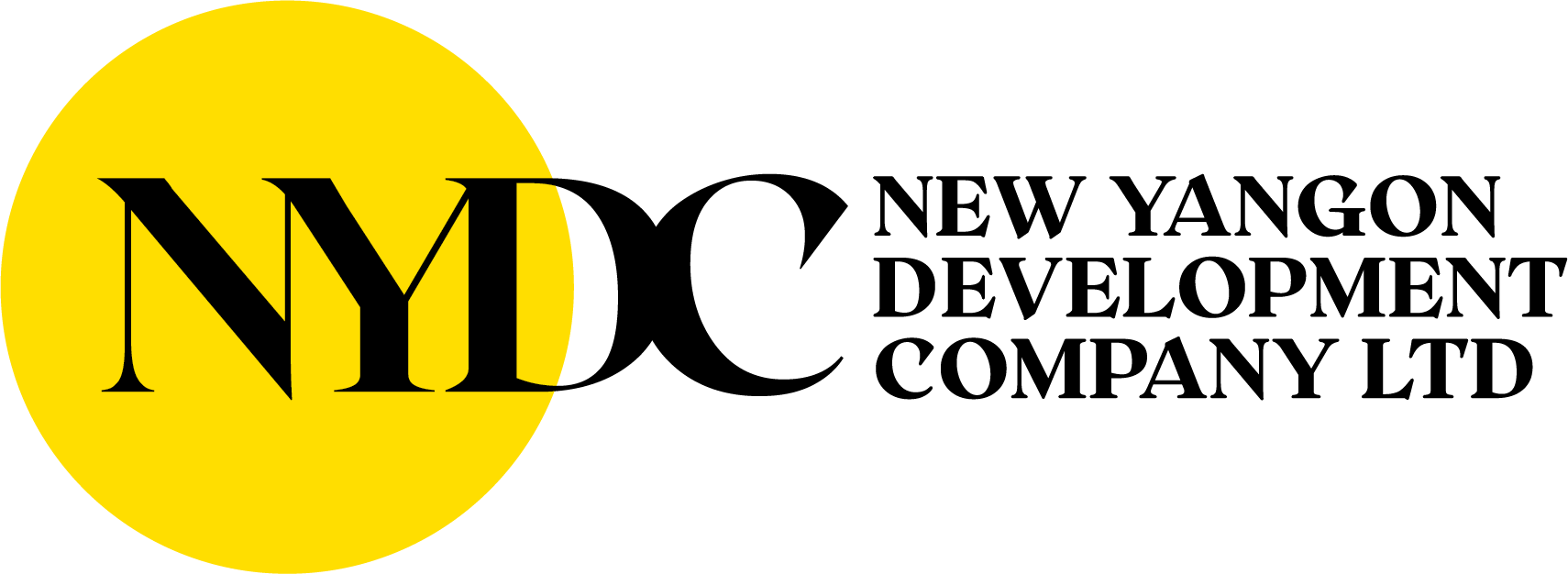Since the final Master Plan presentation at the YCDC City Hall on 15 February 2019, several articles and editorials have appeared in the local press and social media. While many of them supported the project and applauded the progress that has been made so far, especially the degree of transparency we have adopted in the pursuit of stakeholders and public consultations, there were also some highly critical articles.
I appreciate the comments made and the spirit of openness on public affairs. However, I deem it necessary to correct a few important misconceptions that has apparently led to the negative comments.
Misconception One
The notion that the entire land mass comprising the whole of Phase I Development of New Yangon City has been awarded to China Communications Construction Company Ltd., (CCCC), the chosen party to prepare the Pre-Project Documentation (PPD) is not true. The land that shall be injected into the joint-venture company (JV) constitute only a total of 28 sq.kms. out of the total of nearly 90 sq. kms. This 28 sq. kms. of land includes the industrial estate, residential and commercial land and also includes land needed for the construction of public utilities such as water treatment plant, waste water treatment plant, and utility easements.
Existing villages, green spaces, and other setbacks are 28.65 sq. kms. There is a residue of 33.35 sq. kms. of land that shall still remain with NYDC ; this constitute 37% of the total land available in Phase I of the new city. A portion of that, 19.06 sq. kms. to be exact, shall be used to build the five Resettlement Village Towns.
Misconception Two
Secondly, the suggestion that at $5 per sq m (psm) of valuation, we are ‘giving away’ land at a very cheap and unreasonable price, thus causing a loss for the State is highly erroneous. An editorial written by Eleven Media titled “New Yangon City Project: China, CCCC and Myanmar’s profits” published on 17th February cited that at $5 psm, the value that the State shall receive is only Kyats 300 Lakhs per acre while land in Thilawa today is leased in excess of Kyats 3,000 Lakhs per acre.
The argument ignored the fact that at its present state as farm land, it is probably worth less than Kyats 300 Lakhs. In fact, the declared compensation price which the government has issued to those who wish to receive cash instead of buildable land in the Resettlement Village Towns is only Kyats 100 Lakhs per acre.
It is true that these farm land will eventually be worth at least Kyats 3,000 lakhs per acre, but this is only after massive investments are made to build the infrastructure; investment which the winning bidder are obliged to invest; Certainly not before.
Furthermore, after the infrastructure investments are made, there will be an appreciation of value of the land that has been injected into the JV, as well as all the land that is still owned by NYDC, and land that farmers and previous land owners who opted to exchange buildable land in the Resettlement Village Towns. Therefore, the suggestion that we have ‘given away’ all the land at a very cheap price really is quite far from the truth.
Furthermore, the land that is injected into the JV was not given away in any sense of the word, but was used as equity in kind for NYDC’s 25% shareholding in the joint venture. To look at this in another way, CCCC or the winning bidder will have to invest approximately $1.6 billion to reap the benefits of 75% of the enhanced value land after they have invested. That brings the cost of the land substantially more than the $5 psm suggested in the editorial.
Misconception Three
Thirdly, there has been a serious misunderstanding of what 13% internal rate of return (IRR) means. The Eleven Media article made an assumption that 13% is the interest rate paid to the investor per annum for making the investment. That is not correct.
IRR is a measure of return on an investment, after taking into consideration all streams of cash outflows and inflows, including items such as capital, borrowings, interest and financing costs, income, and expenses over a certain number of periods. It is definitely not a flat interest rate calculated on the amount invested. I am aware that many people may not understand how IRR is calculated and I will be happy to explain this in a separate paper. But suffice to say that these two terminology – ‘interest rate’ and ‘internal rate of return’ has a huge difference in sum. The result of this misunderstanding results in a significant difference in perspective of what the inherent commercial deal is between NYDC and the investor.
The above three items were the prominent misconceptions we have observed. There are of course several more issues that were raised. In order to give the stakeholders and the public a clear and accurate picture of the facts, we will be organising a Townhall meeting on the 4th of March at UMFCCI from 5:30 pm to 7:30 pm. We will invite panellists who have raised questions in the negative light to have an opportunity to interact with us in an informal and public manner. Our objective is as always to be transparent and accountable. I warmly welcome all those who are interested to attend to RSVP at [email protected]
Regards,
Serge Pun

